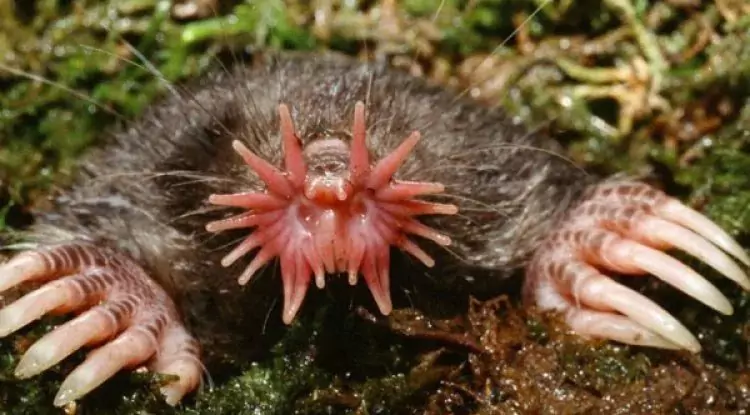Star-Nosed Mole, a Rodent with Extraordinary Senses
Tentacles are not only owned by marine animals such as squid. However, mice have tentacles in their noses too. Unique, right?

Hearing rats, what comes to mind is the chaos they create, causing harm at home and in the wild, such as paddy fields, gardens, fields, and many more. Generally, the mice we often encounter have long snouts, which are often called shrews.
It turns out that the shape of a mouse's nose is not only like that. Some are star-shaped, too, you know. What's it like, huh? Are you curious about this rodent? Let's see the explanation!
The star-nosed mouse is a mole-like mammal that lives in the cold regions of Canada and the wet lowland areas of North America. The star-nosed mole's native habitat stretches from Quebec in the north to Georgia in the south. In addition, the star-nosed mouse is also found in the Appalachian Mountains at altitudes reaching 5,500 feet.
This mammal with a unique nose is large, has a muscular tail, long-toed front feet to make it easier to dig, and short but dense black and dark brown fur on the back.
The distinctive feature of the star-nosed mouse is, of course, the part of its nose that forms a blooming star. Apparently, his nose has 22 very sensitive tentacles. This animal only needs eight milliseconds to determine whether the prey in front of it can be eaten or not. The tentacles are also useful for detecting the danger of predators. Not only is it unique, but food in the water can also be smelled by the star's nose.
Even though they have an unbeatable sense of smell and taste, as recorded in the Science journal Discover Life, the star-nosed mouse's eyesight is not as good as other moles. Some researchers also say that most mammalian eyes cannot perceive light properly, are almost blind, and cannot see anything.
This mole likes wet places but can also adapt to dry areas quickly. When hunting for prey, mice with poor vision must be careful because small animals like them are very popular with owls.
Image source: Star-Nosed Mole Image | wowunik.info
